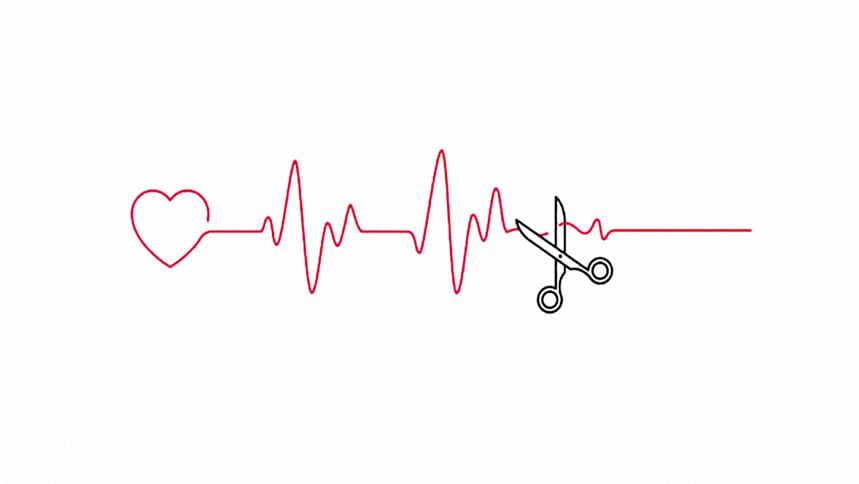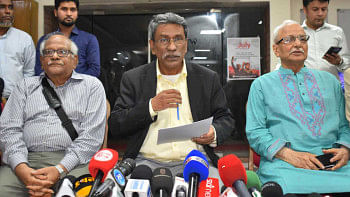Legality of ‘assisted suicide’ in Bangladesh

The concept of 'euthanasia' or intentionally ending a person's life to relieve suffering, is not new. The term was first coined by Francis Bacon, referring to a situation where a doctor helps a patient to end their life. There are different forms of euthanasia. 'Voluntary euthanasia' implies a situation where the patient gives consent to end their life, while in case of 'non-voluntary euthanasia,' no consent is taken. Euthanasia can also be classified as 'active' or 'passive.' Active euthanasia involves using lethal methods, like giving a toxic dose of medication, while passive euthanasia involves withdrawal of treatment or life support, allowing death to occur naturally.
Several countries have legalised euthanasia in different ways. In Netherlands, doctors can perform euthanasia for patients experiencing unbearable suffering and petitioning for the same, provided that another doctor must confirm that all legal requirements are met. Minors aged 12 and above may also request for euthanasia under strict conditions. In Belgium, similar rules apply, but euthanasia is also allowed for patients with psychiatric conditions or chronic illnesses, not just terminal illnesses. In 2014, Belgium extended the law to allow euthanasia for minors in certain cases. Canada legalised euthanasia in 2016 under the Medical Assistance in Dying (MAID) law, which allows adults with severe, incurable conditions to request assisted dying. The Supreme Court of Canada ruled in Carter v Canada (2015) that denying the right to assisted suicide is unconstitutional.
In India, the Supreme Court allowed passive euthanasia under certain conditions in the Aruna Shanbaug case in 2018. The court gave guidelines for when life support could be withdrawn, but the decision must be made by close family members or doctors and approved by a medical board and a judicial magistrate. However, critics argue that allowing a spouse to decide could be risky, considering the high number of spousal murders in India.
In Bangladesh, current criminal laws impose penalties for intentionally causing someone's death, regardless of whether the person consented. If a doctor performs euthanasia without consent, it may be deemed justifiable under section 92, though this section does not permit a doctor to intentionally cause death. The idea of legalising euthanasia in Bangladesh faces some additional challenges. Apparently, the prevalent social and religious values strongly oppose taking a life, even with consent. In addition, the right to life, as guaranteed in the constitution, is not seen as including the right to die. In his book 'Constitutional Law of Bangladesh,' Mahmudul Islam argues that the "right to life" does not include the right to die, but rather ensures the right to live with dignity. This viewpoint mirrors the ruling in the Pretty v United Kingdom (2002), where the European Court of Human Rights determined that the "right to life" cannot be interpreted as encompassing a right to die, whether through the involvement of a third party or with the assistance of public authorities.
Indeed, the issue of euthanasia remains a contested one— one where law and morality meet and at times, part ways.
The writer is Research Officer at the International Institute of Law and Diplomacy (IILD).

 For all latest news, follow The Daily Star's Google News channel.
For all latest news, follow The Daily Star's Google News channel. 



Comments